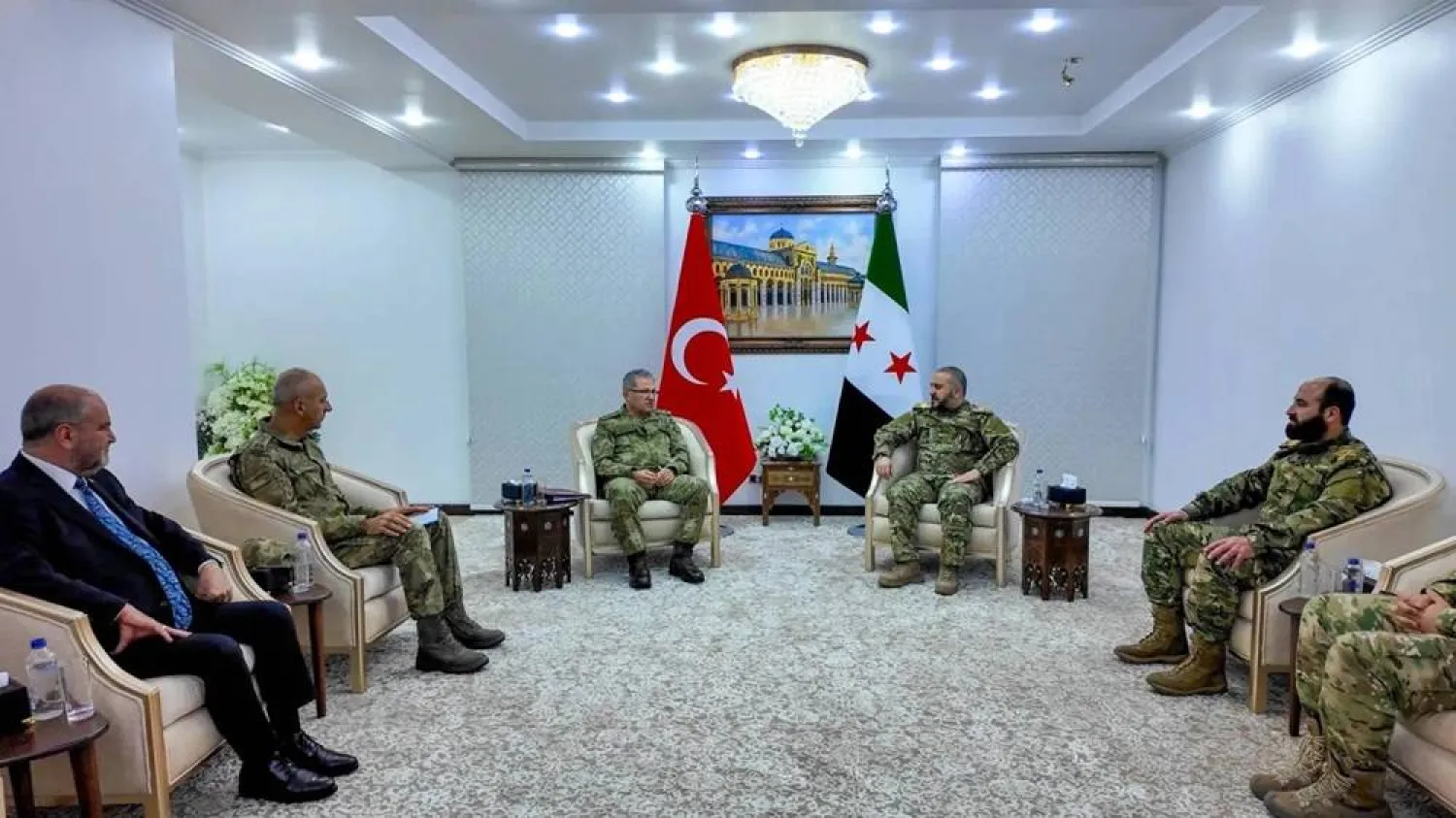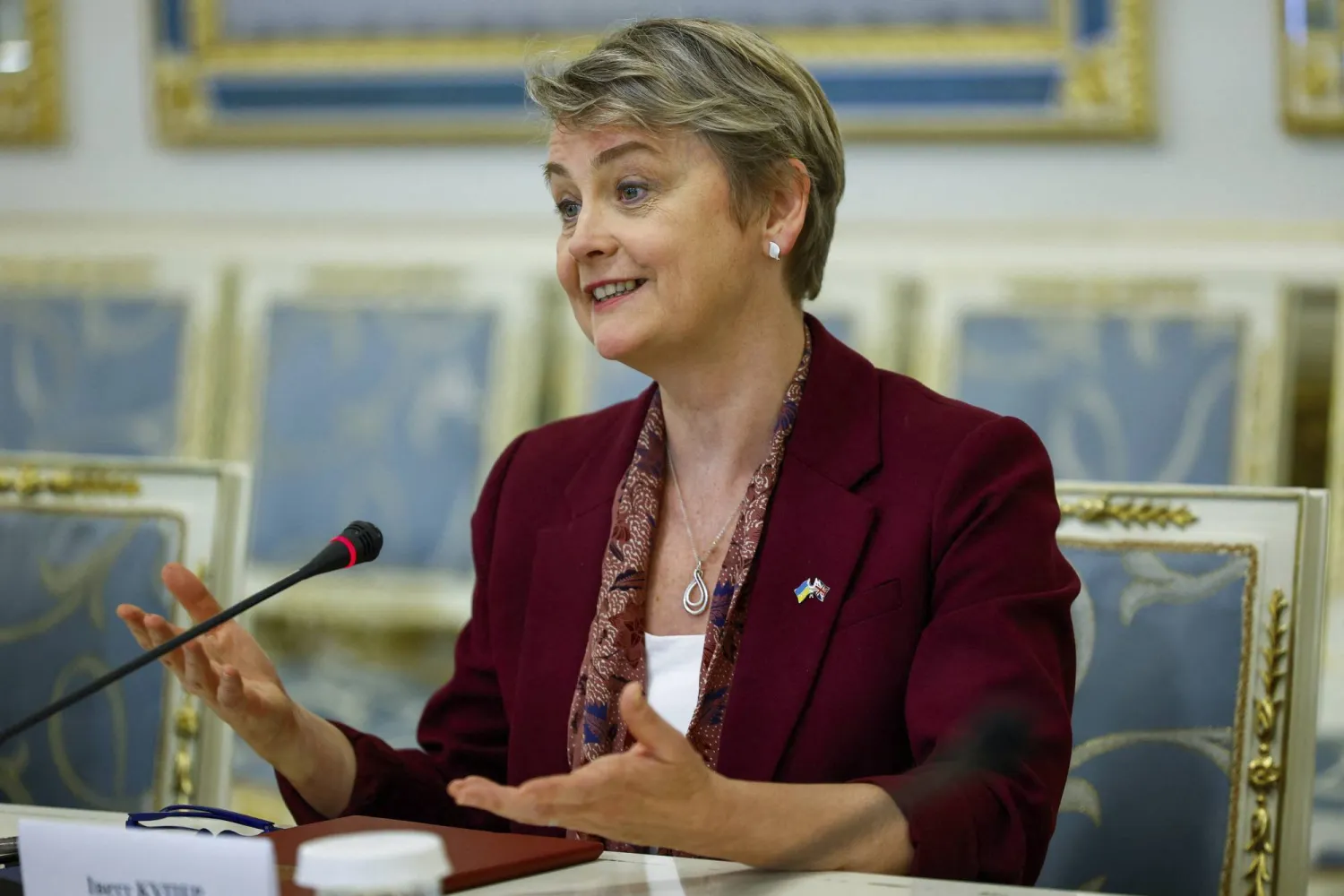The Ministry of Social Development in the Gaza Strip said in a report that the 2019 poverty rate in the enclave is the highest in the world.
On the occasion of the International Day for the Eradication of Poverty, celebrated on Oct. 17, the Ministry’s undersecretary, Ghazi Hamad, said that poverty and unemployment rates have reached nearly 75 percent in 2019.
He said that the Gaza Strip suffers from a dire economic situation as a result of the aggressive Israeli practices that increased since the Second Intifada, which broke out in 2000, depriving thousands of Palestinians of their jobs, and also due to the Israeli blockade on the territory since 2006, restricting the movement of citizens and goods.
The Ministry report said that 70 percent of the population of the Gaza Strip is food insecure, while 33.8 percent are under the extreme poverty line and 65.6 percent of poor families are refugees.
It said that Gaza possesses the highest poverty indicators in the world, adding that efforts by government, international and local institutions are characterized as relief activities meeting only about 50 percent of the basic needs of poor families.
The Ministry documents revealed there are 46,910 refugee families in the Strip, adding that they were forced out of their houses after 1948.
Until July, the ministry said that 70,645 families had benefited from the national social protection program, representing 20 percent of the Strip’s population, which is under the extreme poverty line.
Hamad said that 37 percent of families that benefit from the program are sustained by women, including 15 percent of those families sustained by widows.
Hamad called for “guaranteeing humanitarian work independence away from political tensions and for improving the living standards of the people of the Gaza Strip by opening the border crossings and allowing citizens and goods to move freely.
He also demanded strengthening coordination between social institutions working in the enclave in order to secure decent living conditions for the poor.









